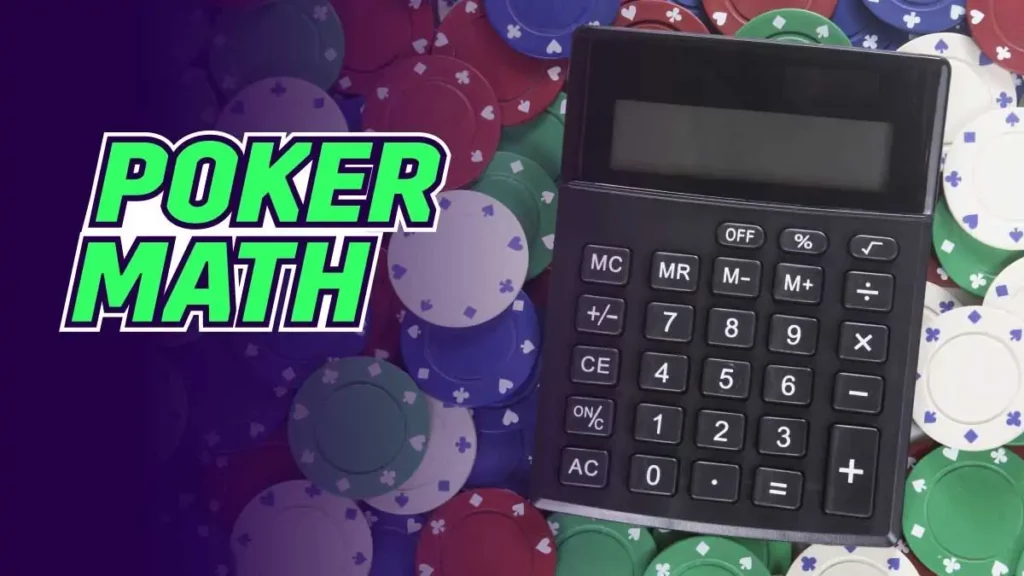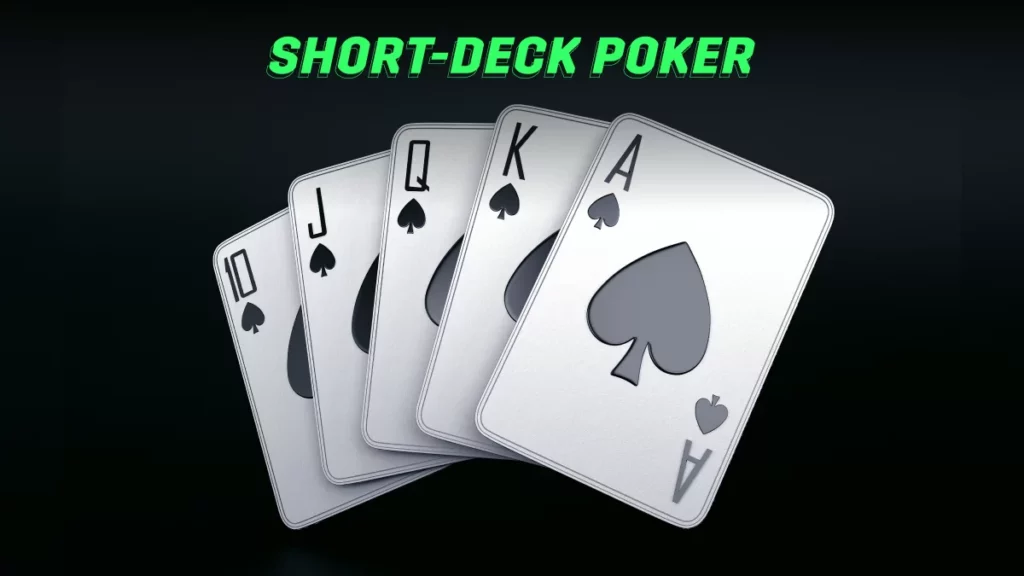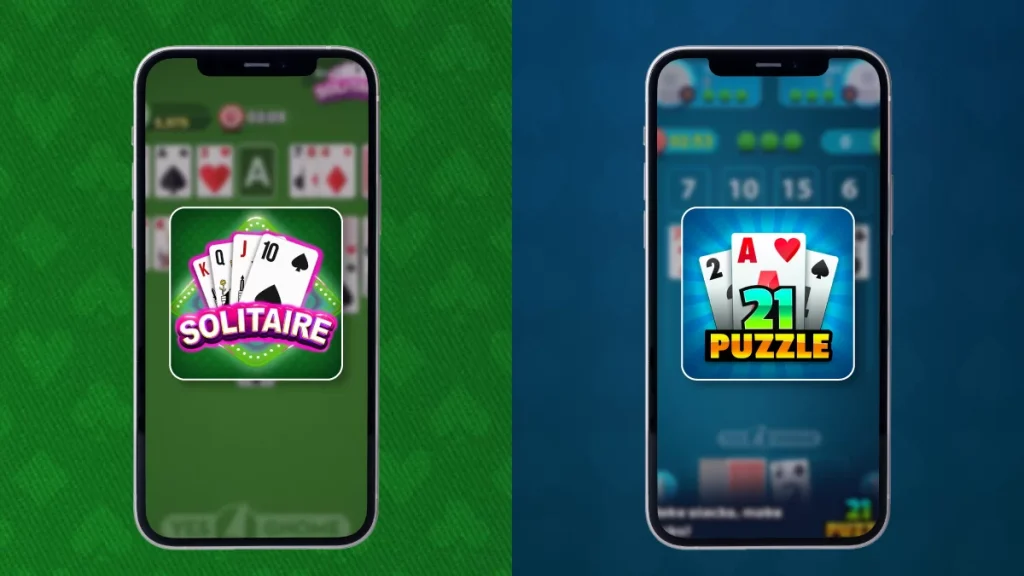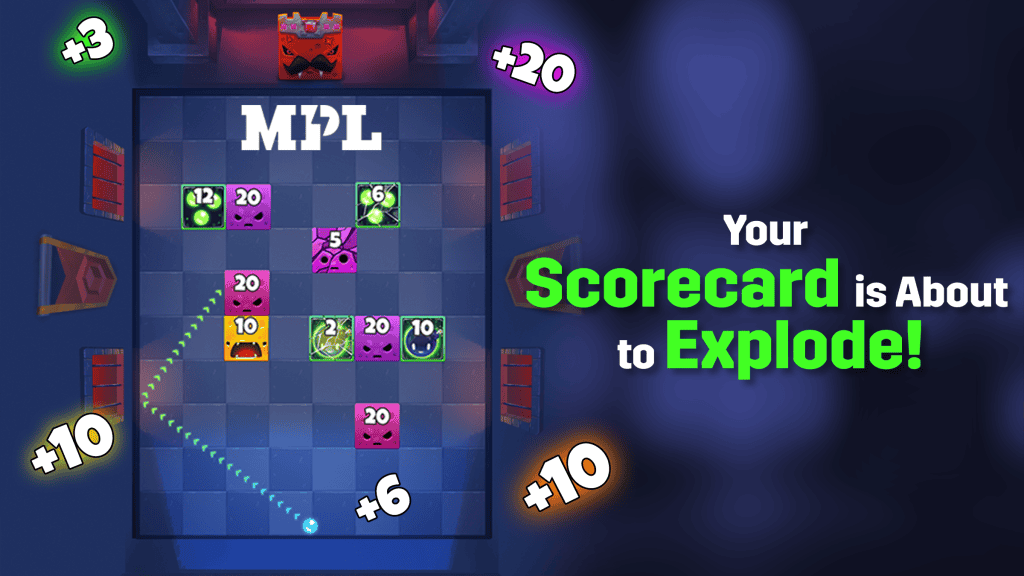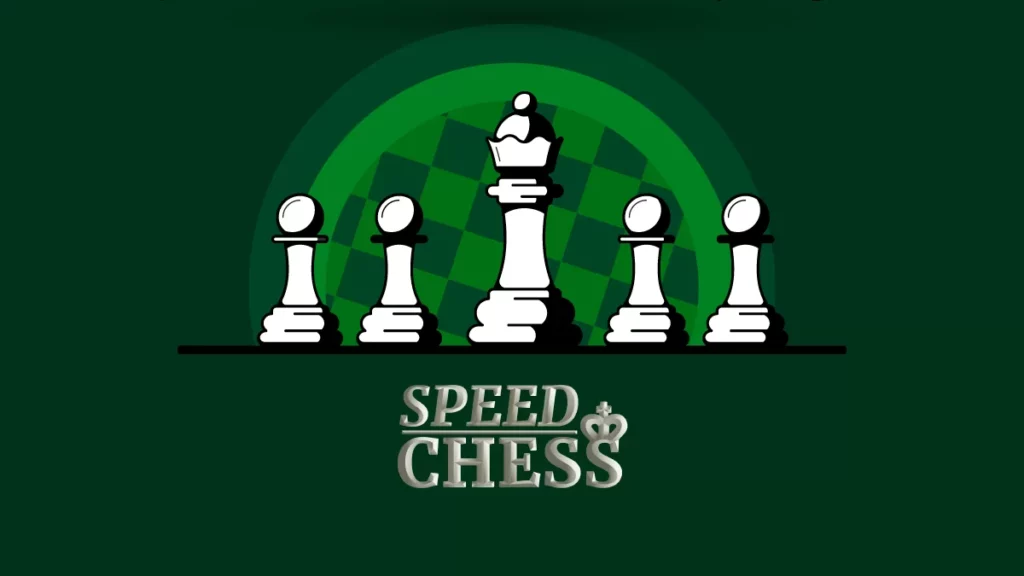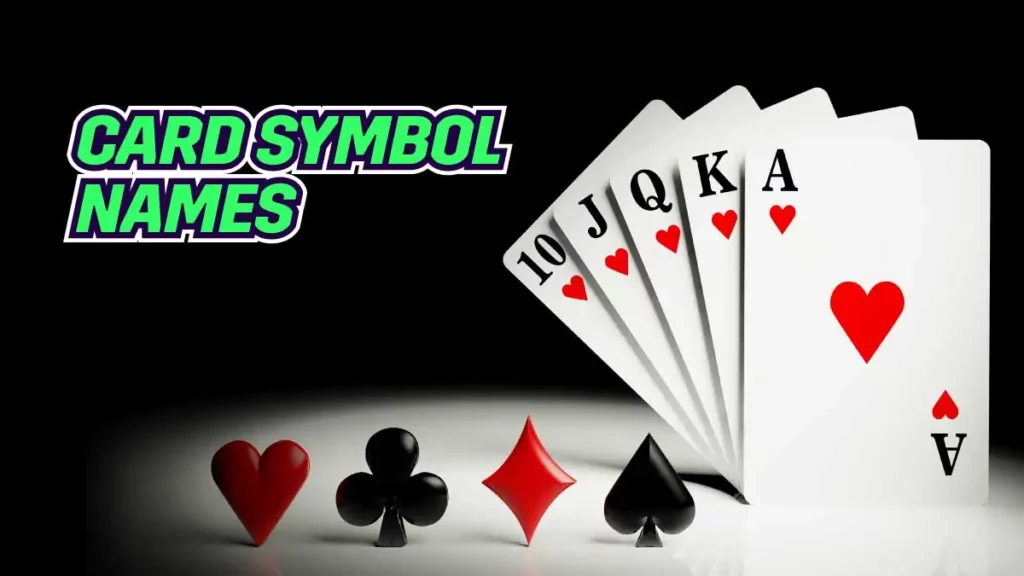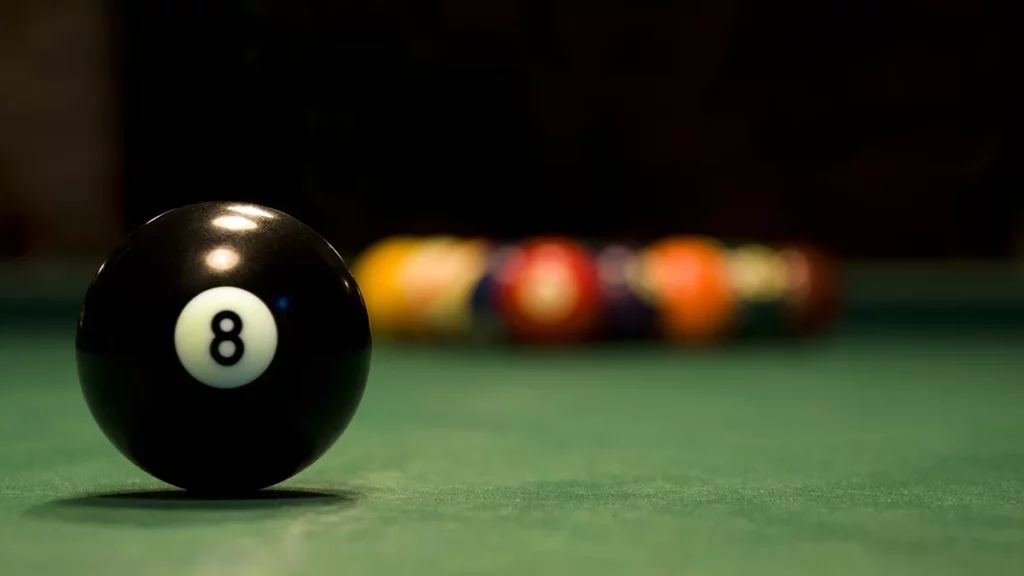Page Contents
ToggleNot sure whether to play it safe or go all-in while playing poker on MPL? It is essential to remember that the way you play can be a decisive factor in whether you make an early exit or climb to the top of the leaderboard. That’s why it is crucial to understand everything there is to know about aggressive vs passive poker strategy.
Don’t worry, we are here to help! This guide will walk you through the various poker playing styles, including tight-aggressive poker and passive poker strategy. We will also learn what each playing style means, when to use them, and how they can help you win.
What are Poker Playing Styles?
| Style | Hands Played | Betting Frequency | Characteristics | Aggression | Risk Level | Best For |
| Tight-Passive | Few | Rarely | Plays a few hands, avoids big bets | Low | Low | Cautious beginners |
| Loose-Passive | Many | Rarely | Plays many hands, calls often, avoids raising | Low | Medium | Casual players |
| Tight-Aggressive (TAG) | Few | Often | Selective with hands but bets/raises big | High | Balanced | Beginners & pros |
| Loose-Aggressive (LAG) | Many | Often | Plays many hands, bluffs, and bets often | High | High | Experienced players |
Different poker players employ various playing styles, including loose-aggressive (LAG), tight-aggressive (TAG), loose-passive, and tight-passive. When playing online poker, it is crucial to observe your opponents, identify their playing styles, and adjust your game accordingly. Continue reading to gain insight into the differences between aggressive and passive poker playing strategies and decide which one suits your game best.
What is Tight vs Loose Poker Style?
The playing style of every poker player (whether aggressive or passive) can be broken down into tight and loose. The tight or loose playing style depends on the player’s starting hand selection.
For instance,
- A tight poker playing style implies that the player is playing only a small number of the best hands. Therefore, players playing tight often fold and don’t continue with weaker hands.
- A loose poker playing style implies that the player is frequently playing a wide variety of hands. Therefore, players who play loose don’t often fold and continue even with weaker hands.
Playing tight or loose doesn’t imply how players are playing their hands, but focuses more on the selection of hands that are played. The players might play a tight or loose range of hands, but what will determine your poker strategy against them is whether they are playing passively or aggressively.
What is Aggressive vs Passive Poker Style?
Deciding between a passive vs aggressive poker strategy depends on the risk tolerance of a poker player.
- A passive/defensive poker player plays with a fear of losing and avoids confrontation. A passive poker strategy implies checking and calling.
- An aggressive/offensive player isn’t afraid of the risk and raises more than calling. An aggressive poker strategy implies betting and raising.
If you observe your opponents, you will soon start noticing the degree of their playing style. If an opponent tends to fold most of their hands, they may be playing a tight style. On the other hand, if an opponent is playing many hands, you can mark them loose. Similarly, if an opponent calls and checks often, you can mark him/her as passive, and if the opponent bets and raises more, mark him/her as aggressive.
Based on the above, the poker playing styles that a player may adopt are tight-passive, loose-passive, tight-aggressive, and loose-aggressive. Understanding all the playing styles and characteristics will help identify what style a player is playing for a particular hand.
What is Tight-Passive: The Conservative Rock
A tight passive player is someone who doesn’t play a lot of pots and often calls pre-flop with a strong hand. When such players play tight, the other players frequently fold. These players are also called nit or rock. This passive poker strategy is generally considered a weak approach.
Pros: Safe, avoids major losses
Cons: Easy to read, easy to bluff, folds under pressure
What is Loose-Passive: The Curious Caller
The loose-passive players tend to limp into lots of pots and call raises to see a flop. These players rarely exhibit aggression in their style of play and often let others take the lead, while they simply watch and react.
Pros: Gets into many hands, low-risk approach
Cons: Rarely wins big, easy target for aggressive players, lacks control
Tight-Aggressive (TAG): The Disciplined Shark
The tight-aggressive poker players play only the best starting hands and don’t play a lot of pots. These players are patient, don’t fear betting, and wait for the best opportunity to use their cards strongly to strike. The TAG players are referred to as the sharks in poker, as their playing style is frequently effective irrespective of the betting structure or variant. Tight aggressive poker is considered the best poker strategy for beginners and intermediate players.
Pros: Hard to read, punishes weaker hands, works across all poker variants
Cons: Requires patience and timing
MPL Tip: Perfect for MPL’s ₹5/₹10 tables. It’s a great way to build your bankroll steadily with solid, confident plays.
Loose-Aggressive (LAG): The Table Bully
Loose-aggressive poker players often bet on most flops and raise or re-raise a significant number of hands pre-flop. Since these players play a wide range of hands, it isn’t easy to read them. The loose aggressive poker players are highly experienced and constantly pressure their opponents.
Pros: Keeps opponents guessing, creates pressure, strong in No-Limit Hold’em
Cons: Risky if overused, and overplaying can lead to big losses
MPL Tip: Use LAG in short tournaments to dominate early, but tighten up if others catch on.
Which is the Best Poker Strategy for MPL Poker?
There’s no one-size-fits-all strategy in poker. The best approach is the one that suits your personality, comfort level, and adapts to your opponents’ playing styles. On MPL Poker, flexibility is key. Here are a few key points to consider.
- Undoubtedly, the most challenging type of player to combat in a poker game is the player with a loose-aggressive poker strategy (LAG). Play LAG if you are experienced and want to dominate weaker players. It’s a high-pressure style best used by confident and skilled players.
- Aggressive strategies are stronger overall. Unless a player uses a passive approach to deceive opponents, an aggressive poker strategy is considered stronger due to the value of bets. It raises, which leads to more mistakes by opponents.
- Tight-Aggressive (TAG) is generally the most profitable strategy for most players. While some players succeed with a loose-aggressive strategy, a majority find tight-aggressive play more profitable.
- TAG is ideal for beginners. It teaches discipline and patience while helping new players build strong poker skills.
- Poker playing styles may vary among players. Therefore, stay observant. Some players may appear loose-aggressive or loose-passive but might be TAG or tight-passive, experimenting with a looser style. For instance, they may raise many hands pre-flop but give up on the flop or turn.
- Your best strategy ultimately depends on your personality and comfort level. Your playing style should make you feel confident while using it.
Common Matchups and How to Counter
| If your opponent is… | You should… |
| Tight–Passive | Bluff more, apply pressure |
| Loose–Passive | Value bet with strong hands |
| Tight–Aggressive | Trap with strong hands or avoid |
| Loose–Aggressive | Call down with good hands, let them bluff |
Final Thoughts: Adaptability Wins
It is always crucial to remember that in poker, the best players adapt seamlessly. While a tight-aggressive style is a great starting point, real success comes from knowing when to shift your strategy.
So, the first step is to really understand the game and be aware of all the poker playing styles. Next, when you start playing, learn to read the table, play to your strengths, and adjust as needed.
FAQs
What is the difference between aggressive and passive poker strategies?
In an aggressive style, players take control of the hand by betting and raising to pressure others. Whereas, with passive poker strategy, players prefer to call or check and avoid significant risks. Each strategy comes with its own set of advantages, as per your game.
Which is better for beginners: an aggressive or a passive strategy?
The best poker strategy for beginners can be a tight-aggressive approach. This is because you stick to strong hands and play them confidently. It keeps things simple, helps avoid unnecessary losses, and teaches solid fundamentals.
How do I identify a player’s style during an MPL poker game?
The easiest way to identify a poker player’s style during an MPL game is to observe them. See how frequently they bet, raise, call, or fold. If they fold often, they are likely tight players. If they play many hands, they tend to be loose. Frequent raises suggest aggression, while lots of calling means passiveness.
Can I change my strategy during a game?
Yes, you can and should change your strategy during a poker game. Poker is not about sticking to one fixed style. If opponents start catching on to your moves or the table becomes more aggressive or passive, you must adjust. Adapting your play to the situation and game type helps you stay unpredictable and increase your chances of winning.



